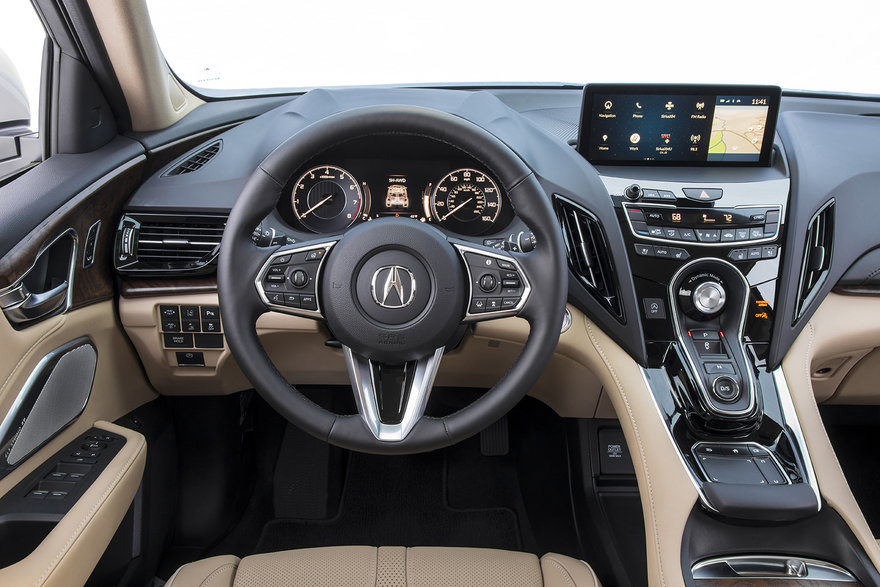As in every year since its inception, Core77 is proud to sponsor the WantedDesign Student Workshop, this year taking place from Thursday, May 16th through Tuesday, May 21st, 2019, at WantedDesign Brooklyn, right in the heart of Industry City.
Every May, WantedDesign presents a unique program, bringing a group of students from international design schools together to participate in the Design Schools Workshop. Conceived as a collaborative activity rather than a competition, teams are composed of students from different schools and backgrounds.
This year, the program will gather a record 10 schools, with 45 students participating. The proposed 2019 theme will explore the Open Form theory of Polish architect, theorist and educator Oskar Hansen. Participants include students from Aalto University (Finland), Appalachian University (USA), Art Center, (USA) Centro (Mexico), Ecole Boulle (France), Escuela de Comunicación Monica Herrerra (El Salvador), Pratt Institute (USA), Strate School of Design (France), Tongji University (China), Warsaw Academy of Fine Arts (Poland).
The teams will be supervised by Academy of Fine Arts in Warsaw faculty members Tomek Rygalik and Jerzy Porebski. Core77 had a chance to chat with Tomek about the upcoming event, what he's expecting, and maybe a couple things that he may not be expecting!
The event takes place with the support of Industry City, French Airline XL Airways, Visual Magnetics, OFS and FilzFelt.This year's Jury Committee includes Allan Chochinov, Partner of Core77 and Chair, SVA|NYC MFA Products of Design, Jean-Jacques L'Henaff, VP Design at Lixil, and Todd Bracher, Designer.

Core77: Could you tell us a little about yourself and you work in the world of design right now?
Rygalik: I'm a lead designer at Studio Rygalik working on architecture and products for premium companies and international brands including Cappellini, Moroso, Ghidini, Siemens, Heineken, or Ikea; a founder and creative director of furniture and accessories brand TRE Product; and an openminded educator with broad experience and PhD in industrial design. My work is about the engaging nature of new typology, longevity and simplicity holding power to responsibly elevate everyday life.
The theme of the 2019 workshop, "Open Form for Well-Being" is really intriguing. Can you tell us a little bit more about that, and how you came to settle on the them?
According to the theory of the Open Form, created by Oscar Hansen—Polish architect, designer, artist and educator in the late 1950s, an artist or designer does not create a closed work of art, but builds a context for possible interpretations, evolving with use. This theory when applied was based on the principles of ambiguity, volatility and collective participation. It presents itself as a very relevant theme for contemporary design both conceptually and practically. We chose to use it as a method while targeting well-being in a public space as a goal, which gains a new dimension in this case - social, cultural, aesthetic, interacting with the space and people, environmental, participatory, linked to security and satisfaction.
What do you think the deliverables will be from the student teams? Is there anything in particular that you are hoping for?
As a tutor I place emphasis on the students to work hands-on immersed in the real context. Therefore, we will ask the participants to find intriguing sites in the area of Industry City for possible group interventions. They will research first, then conceptually conceive the project, and finally iteratively realize experimental full-scale prototype in-situ in the following few days. This way the work will have both conceptual and contextual character, with physical outcome implemented and tested in the real world.
With 42 students from 10 International schools, what do you think will be the most challenging part of this year workshop might be?
Looking at the sheer numbers, surely grinding the consensus presents itself as a main challenge. (Laugh)
A question coming back to yourself: You will be leading the workshop with Jerzy Porebski—both of you teaching at the Warsaw Academy of Fine Art. Do you see major differences within design education between Europe and the U.S.? Are there other models of education from places in the world that you admire?
Although coming from completely different experience, Jerzy and I have a lot in common when it comes to our views on design and design education. Our paths crossed about ten years ago when as a Dean he brought me onboard the Design Faculty in Warsaw from the Royal College of Art in London, where I worked at the time, for three years after getting my MA there in the pluralistic heyday of Ron Arad's leadership. I have a great opportunity and privilege to help Jerzy and other colleagues to define, direct and develop the design education in Poland based on it's fascinating history of design and art intermingling. This is a constant and never ending process of course. Seemingly coming a long way from Pratt Institute's Rowena Reed Kostellow and Bill Fogler's legacy experienced during my undergraduate studies, the story shows how closely related and intertwined education traditions can be. The hands-on, conceptual, analytical, iterative and experimental approach is prevalent in a lot of schools worldwide. The differences in teaching both design thinking and design doing to face the challenges of the interconnected, dynamic and complex world are subtle, although the cultural context can shift focus and set schools apart. The diverse material culture and the American marketing culture in most cases pull programs in separate directions.
If you were a student coming into this workshop, what are the three things that you would want to know beforehand?
I would like to know where the water fountain, coffee machine and the beer is. Immersing oneself in the collaborative adventure such this, requires nourishment at different stages of the creative process.
On a slightly more serious note, I believe the door to self development in design swings inward, therefore I would seek opportunity in my relationships to the theme and through thoughtful personal research look for unique insights or a point of view, rather than knowledge.
from Core77 http://bit.ly/2L6Nsrg
via IFTTT




















